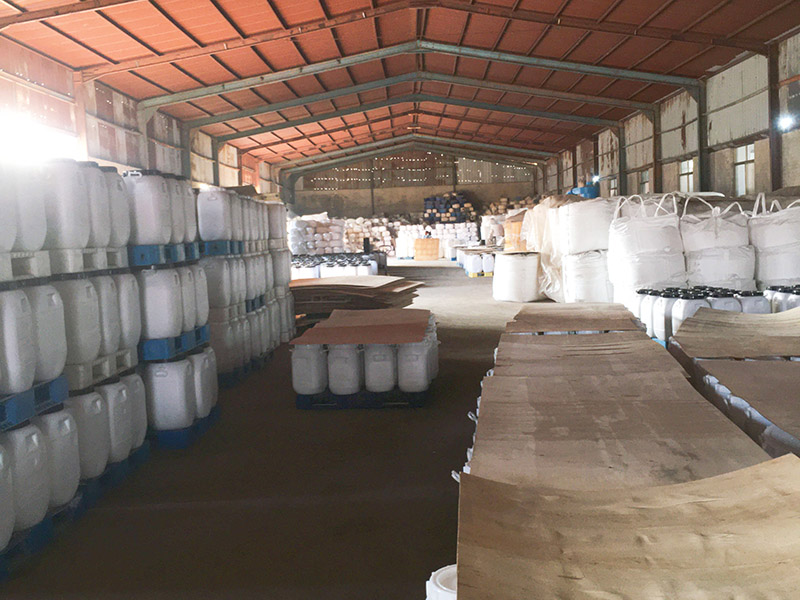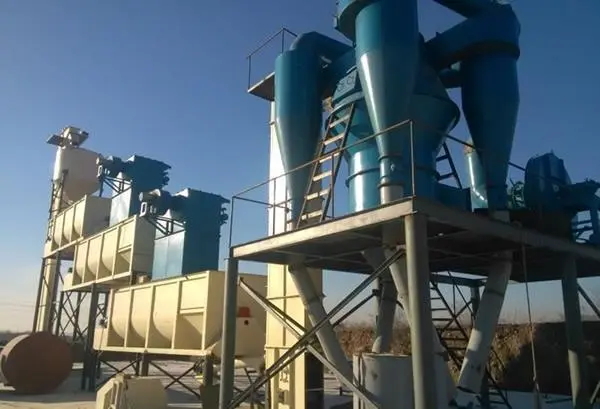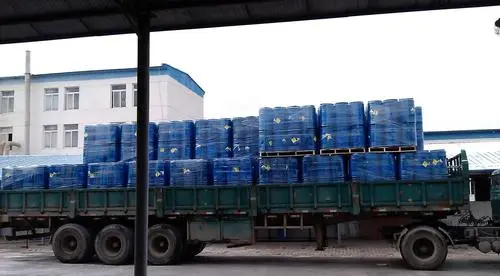1
COD, CODcr, BOD, BOD5 difference
B/C ratio is BOD5 than CODcr, B is not BOD. Take an example, such as aerobic influent CODcr=1000mg/L, BOD5=400 mg/L, effluent CODcr=100 mg/L, BOD5=20 mg/L. Then CODcr can remove 900 mg/L in total, and BOD5 can remove less than 400 mg/L in total. How to remove 900-380 mg/L CODcr?
Answer:
1) The part of BOD-BOD5 is biochemical;
2) Sludge adsorption (neglected under low load) The BOD5 and BOD are very complicated, and the outlet is generally not the ones in the water, but the matrix and fungi Related products; in detail, it is more complicated, just understand one or two things, and the most important thing is to determine that the non-degradable ones will not change, and the rest may change. The non-biodegradable is unchanged, except for the effects of adsorption and so on, whether it is anaerobic or aerobic SMP is the same.
Generally speaking, the CODcr of sewage treatment can reach the standard, and the BOD5 can reach the standard.
2
Differences in COD detection methods
Strict and standardized distillation method and rapid digestion method, the former shall prevail. What should I do if I want to adopt the latter for simplicity in operation? Take the measured water samples in the same concentration range to do the comparative test of the two methods, and find the approximate relationship between the two methods.
Lazy method: Measure water samples in the same concentration range, distill for one hour and distill for two hours, compare and test, and find the relationship.
3
About dissolved oxygen The dissolved oxygen
in the aerobic tank is the result of the balance between the oxygen supplied by the aeration equipment and the oxidation of organic matter or inorganic matter by active microorganisms or natural oxidation. Or it can be said that it is the residue of two processes of aeration and oxygen supply, biochemical or chemical reaction and loss. Therefore, in the aeration tank, the dissolved oxygen is controlled to 2.0mg/L, as long as the design is not too different from the actual situation, then it is OK.
But if there is no continuous oxygen supply, for example, the effluent of the aeration adjustment tank is no longer supplied with oxygen (neglected by falling water aeration), and the content of organic matter is relatively high, and it happens to encounter a large number of microorganisms that can use oxygen (such as Facultative bacteria in UASB sludge or aerobic bacteria in pool A), then the remaining DO is obviously not the opponent of hundreds or thousands of COD.
4
about anaerobic
What is anaerobic? Is it UASB? Is it part of A2/O? Is hydrolytic acidification? Is it a digester? In fact, anaerobic is a condition of biochemical reaction, it is not an anaerobic process, but an anaerobic process. Why talk about this issue, in the final analysis, there are many questions such as: what is the difference between XX anaerobic and XX anaerobic, and how much dissolved oxygen should be controlled; before that, it is necessary to understand who the anaerobic condition is for. Anaerobic reaction, the main body is the process of gradually converting organic matter into methane and CO2, pay attention to the “step by step” here.
Furthermore, many people said that the anaerobic reactor must be isolated from the air, so it must be capped. In this regard, I would like to say the following points:
When talking about anaerobic reactors, it is obvious that you do not understand what anaerobic is? Anaerobic reactor? Is it water? Or microbes?
It is even more sad to be isolated from the air, not to mention that he can’t distinguish the dissolved oxygen in the water from the dissolved oxygen in the microbial environment, just the dissolved oxygen and the oxygen in the air. We might as well review the oxygen utilization rate of the aeration equipment, the perforated tube is 3-5%, the aeration hose is 8-12%, and the aeration head is 10-20%. If air is so invincible in dissolving oxygen into water, what should we do with the sale of aeration heads?
There is no objection to capping. Anaerobic digesters and EGSB and other anaerobic reactors use capping to collect biogas (of course UASB and IC are not, relying on three points) and can also reduce the spread of odor.





